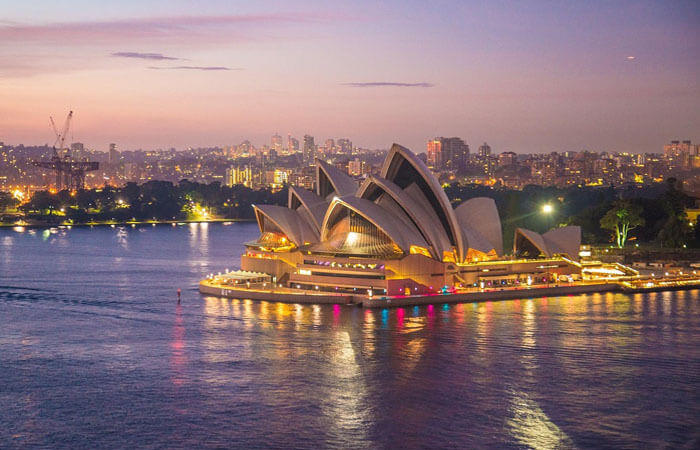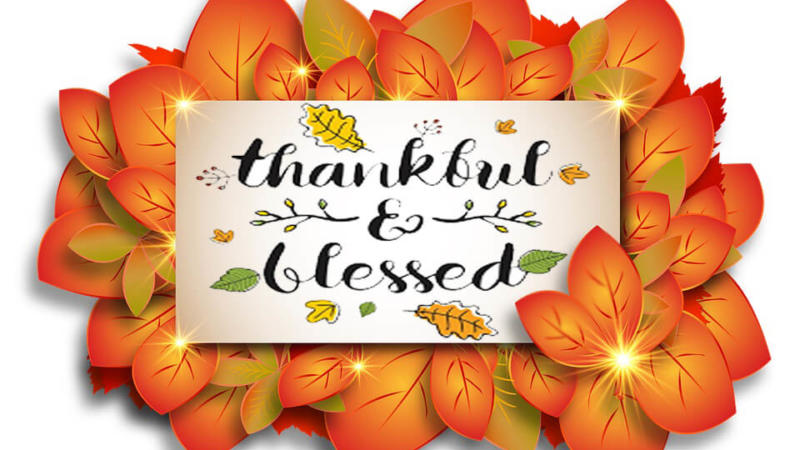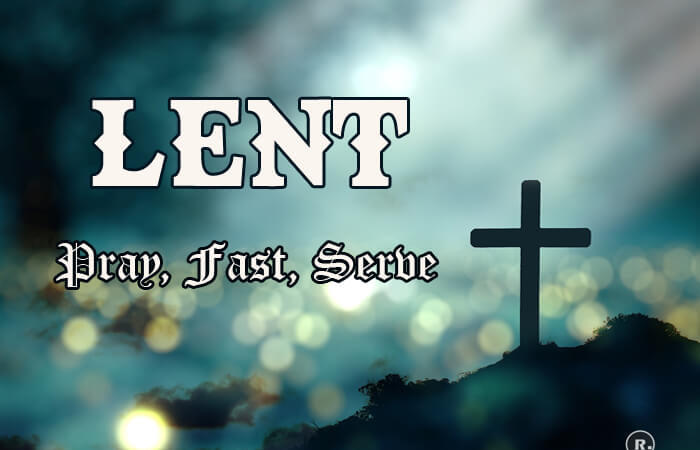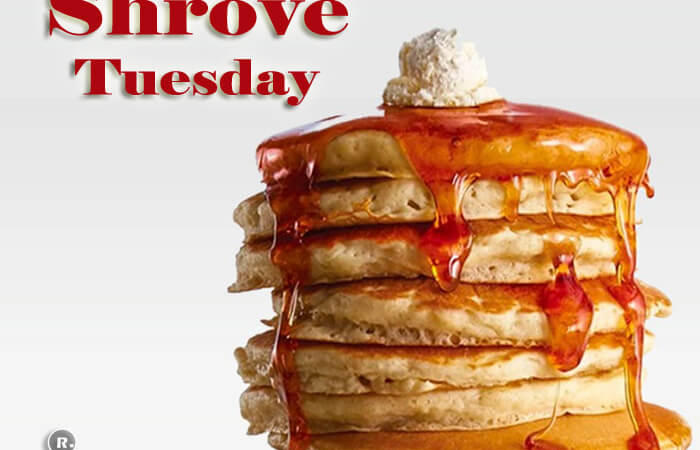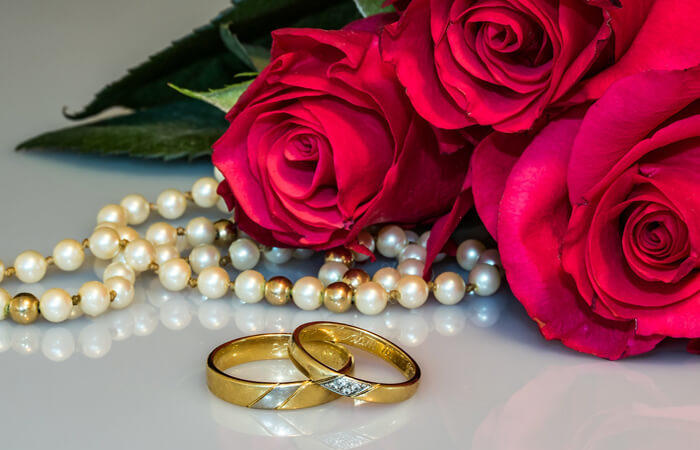Christmas Traditions Around The World
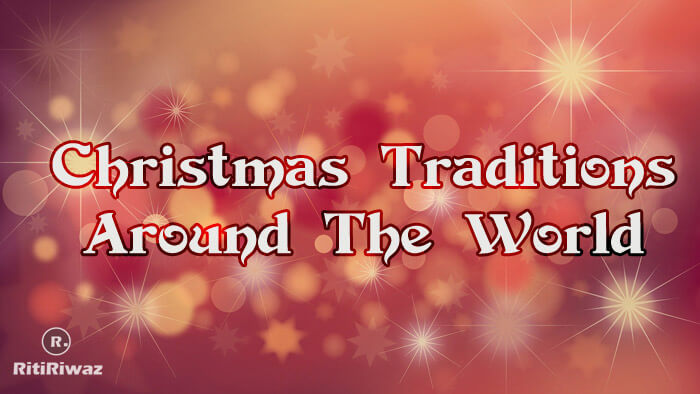
Christmas is a wonderful time of the year when the whole world glows and people are merrier even in cold winters. Making it the most celebrated holiday around the globe, a time to get together with your friends and families and celebrate the togetherness. It is a season to be jolly and have fun.
Christmas is the date set aside for the celebration of the birth of Jesus Christ, the word Christmas originates from Cristes maesse, or “Christ’s Mass.”. Today Christmas is no longer only a Christian festival, people from all over the world have embraced it over years and added their own tradition to bring cheer to the holidays. There are different ways countries celebrate the Christmas holiday with different Christmas food, decoration and even some don’t observe it on December 25. Although the basic ritual remains the same, like singing carols, feasting, decorating Christmas trees, tiny sparkling lights in windows and on walls.
Here we are sharing different global Christmas holiday traditions and facts for various countries.
United States Of America

America is a nation of immigrants, and with immigrants, come old world traditions. Due to the diverse cultural climate of the United States, it is a country that sees many different ways for people to celebrate Christmas. Many of the traditions seen practiced in the United States are also commonly observed in other countries such as the United Kingdom, Mexico, the Netherlands, Italy, France, and Poland.
In the United States, people will often trim their Christmas tree with stringed popcorn. Another popular activity that brings people together and provides a tasty treat at the same time is making gingerbread houses. Americans choose to attend church services on Christmas Eve. Many churches will have special services and ceremonies on Christmas day which people can attend to celebrate the holiday.
There are special Christmas Shops that sell Christmas decorations, attire, toys, and snacks all year round, no matter the season. Entire towns participate in outdoor decoration and all shopping malls and city halls are decked with decorations. Cities host a tree lighting festival where an enormous Christmas tree is decorated and a large skating rink is made for people to enjoy the holiday season. There is a tradition among American families to leave a plate of cookies and a glass of milk for Santa Claus to eat when he will visit their home.
Italy

Italian kids, just like many other children all around the world, are looking forward to waking up on Christmas morning to see if they have been good enough to deserve some presents from the mysterious man in red they call Babbo Natale. In Italy, December 8, is the Feast of the Immaculate Conception and a public holiday.
Italians usually take their time to decorate a Christmas tree and set up a nativity scene called Presepe or Presepio. There are also many outdoor nativity scenes that are set which also can be found in nearly every Italian household during this time of the year. Epiphany is celebrated 12 days after Christmas, on January 6th. She is depicted as an old lady who travels on a worn-out broom and fills the stockings that children left on the chimney with sweets, if they behaved properly, or charcoal if they acted up during the year.
This Italian tradition is celebrated each year, even though the Befana has to “share the stage” with the now more popular Santa Claus: on January 6, many Italian towns (like Urbania, Marche) are livened up by old ladies flying from high bell towers and sharing sweets with the children.
Germany

Germans also treasure their Christmas customs far more than people in the UK, America, or Australia. Typical German seasonal customs — the romantic historical markets, the tasteful decorations of the cities with garlands, lights, and glittering Christmas trees — make the darkest time of the year shine bright. People decorate their houses with wreaths, put lighted candles and pyramids in their windows, and decorate their yards with lights.
The official start of the holiday season for Germans is on the first of four Advent Sundays. Families gather around a decorated wreath with four candles, called “Adventskranz,” and light a new candle every Sunday until all four are burning. The afternoons are an opportunity to enjoy an “Adventskaffee” (coffee) with cake or home-baked “Weihnachtsplätzchen” (Christmas cookies). The children have Advent calendars that are filled with sweets or small gifts to open each day until December 24 to make the waiting period seem shorter. A Christmas tree is an important decoration detail for most homes in Germany. Parents spend time with their children indoors baking cookies or creating decorations for windows and trees.
The children look forward to a visit by St. Nikolaus in early December; the saint usually appears in the Eastern Rite vestments of a bishop and carries a ceremonial staff. He stops by the homes of children on the eve of Dec. 6 and places oranges, nuts, candy, and sometimes small presents into the shined boots they have placed outside. Christmas Eve is usually spent with close family and includes attending a festive church service together; each family has their own traditions, which sometimes include the joint singing of Christmas songs or children performing on their musical instruments.
France

With normal Christmas traditions such as advent calendars and the standard Christmas Eve gift-giving rituals, some French Christmas traditions are quite familiar and global. France observes Advent, which is the period of four Sundays leading up to Christmas Day.
Christmas in France starts on 6th December with St Nicholas day. Towns and cities decorated with Christmas lights two weeks before. Legend has it that Saint Nicholas (who was a bishop in the 3rd century in Turkey) brings gifts to good children over the night on December 5th. On the 24th of December, French families gather together to celebrate the Reveillon de Noel with a large meal before heading to the midnight mass. The most famous Christmas dessert in France is La Bûche de Noël, a chocolate cake in the form of a yule log. French also has a scary figure like Krampus who goes around with Saint Nicolas to decide who’s been bad or good.
England
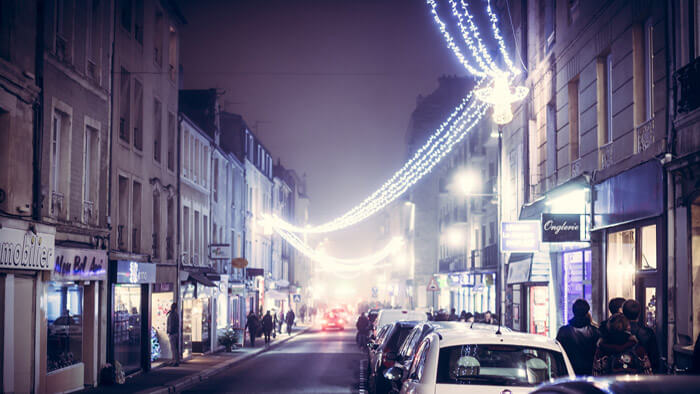
Christmas is Britain’s most popular holiday. Its traditions and early ceremonies were rooted in pagan beliefs and date back hundreds of years. The tradition of sending Christmas cards is popular in England and designs of Christmas feasts, church bells, plum, and turkey, as well as religious themes, are available.
Traditionally people decorate their trees on Christmas Eve – that’s December 24th. They take down the decorations twelve days later, on Twelfth Night (January 5th). An older tradition is Christmas mistletoe. People put a piece of this green plant with its white berries over a door. Mistletoe brings good luck, people say. Also, at Christmas British people kiss their friends and family under the mistletoe.
On Christmas Eve carols are often sung by groups of singers walking from house to house, collecting money. Caroling dates back to the Middle Ages when beggars were seeking money, food, or drink wandering the streets singing holiday songs. British children don’t open their presents on December 24th. Father Christmas brings their presents in the night. Then they open them on the morning of the 25th. In Britain, the most important meal on December 25th is Christmas dinner with Christmas crackers. The annual broadcasting of the Queen’s Christmas Message is on Christmas Day afternoon.
Iceland
Iceland has a charming literary Christmas tradition called Jólabókaflóð (pronounced yo-luh-BOK-uh-flot; the o’s have the long Ō sound), which in English literally means “Yule Book Flood.” This exciting season begins each year in mid-November, when the Icelandic book industry distributes their catalog, the Bókatíðindi (literally “book news”).
They celebrate Christmas with a bang in Iceland and the holidays are one of the best times to visit the country. There are also plenty of fun family activities both inside and outside of the home. Christmas markets, ice skating, and more await you in Iceland this month. On Christmas Eve, Icelanders traditionally exchange books and spend the evening reading them. Icelandic Christmas celebrations and the Yule season originally had to do with marking the winter solstice and days slowly getting longer. Yule actually includes New Year celebrations as well.
Sweden

In Sweden, the most important day is Christmas Eve. Christmas is called Jul and it actually follows their heathen midwinter celebration. There is no Jul without the Julklap (the Christmas knocking). People go around the house mysteriously knocking on the doors and presents are quickly shoved into the room. Holiday celebrations begin on December 13, St. Lucia’s Day. The eldest daughter, dressed in a white robe and wearing a wreath of greens with seven lit candles on her head, awakens her family by singing “Santa Lucia” while serving them coffee, buns, and cookies. They make Yule Goat of straw and is erected each year by local community groups at the beginning of Advent over a period of two days.
After Christmas Eve dinner, the family gathers around the Christmas tree to open gifts brought by the Jultomten (Christmas gnome), who rides on the Julbock, a goat made of straw. Christmas Day is reserved for religious observance and rest before holiday socializing begins on December 26. On January 6, Twelfth Night, the caroling Star Boys stroll house-to-house. Festivities end January 13, St. Knut’s Day.
Philippines

The Philippines is one of only two predominately Christian countries in Asia (the other one is East Timor) with Christmas (Pasko sa Pilipinas) as one of the biggest and longest holidays in the islands. Christmas in the Philippines starts with the usual houses you always see adorned with Christmas lights. Usually, some households would place some Christmas decorations as early as October. Around late November children go in front of every gate singing Christmas carols.
As soon as the “-ber” months begin, Filipinos begin decorating their houses, businesses, and streets with gleaming displays, huge Christmas trees, and astounding decorations. Timeless classics by Jose Marie Chan and different Christmas carols start being played on the radio and in shopping malls. There are many traditions that are unique to the country. In the Philippines, there is a Giant Lantern Festival (Ligligan Parul Sampernandu) held on Saturday before Christmas Eve in the city of San Fernando – the Christmas Capital of the Philippines. Every Christmas season, Filipino homes and buildings are adorned with star-shaped lanterns, called paról from the Spanish farol, meaning “lantern” or “lamp”
Norway
Norwegians spend Christmas with their families when Grandparents, parents, and children get together. Children’s wait for ‘Julenisse’, the Norwegian Santa Claus. On the 23rd of December, Norwegians celebrate Lille Julaften, (Little Christmas Eve) which is a time when the family comes together to clean and decorate the house and their Christmas tree.
Many people decorate their Christmas tree with Norwegian flags. This old tradition has its roots back to 1905 when Norway became an independent country. Julaften, known as Christmas Eve in English, is the main day of celebration for Norwegians. Christmas Day is reserved for time spent with family, eating, playing, and relaxing.
Singapore

Christmas is one of the biggest festivals celebrated around the world and Singapore has a long tradition of celebrating Christmas Events with great pomp and show. It is a great time for merchants to make money. The streets are lit with light displays from early November to late January when the largely Chinese population begins celebrating Chinese New Year.
Both Catholics and non-Catholics go to church during the night of Christmas Eve to attend midnight mass, often in their best clothes. It is the one-time churches are packed. People enthusiastically sing Christmas songs. Church bells are rung. Just before 2:00 am people return home or to their parent’s house for Christmas supper and gift opening and the lighting of candles and incense.
Since Singapore is a land of multi-religions Christmas is celebrated with much enthusiasm not only by Christians but also by others. With globalization, the Christmas celebration has become a national festival in Singapore.
Japan

Traditionally Christmas is a Christian holiday, since only about 1% of Japanese people are Christian, Christmas doesn’t really have much reason to be very popular in Japan. Despite this initial apparent conflict, the large commercial side of Christmas, including the exchange of gifts and large intricately decorated Christmas Trees actually took on fairly quickly as a fun western tradition in which people promote happiness rather than religion.
One of the popular Japanese Christmas traditions is that of families sitting around the table in order to partake in a traditional Fried Chicken dinner. Friend Chicken became very popular as a Christmas food in Japan in the 70’s thanks to a very well known American Fried Chicken chain, based in Kentucky. KFC’s very own Colonel Sanders in Santa Clause attire became very popular as the pinnacle of western Christmas Tradition. A tradition that appears to continue to be very popular to this date, where approximately 33% of Adults in Japan still follow this tradition, of eating friend chicken for Christmas.
Australia

Australian Christmas is very different from the rest of the world because the seasons are opposite of those north of the equator their tradition include seafood, light clothing, pools, backyard cricket, and the beach. Hitting the beach is a beloved Christmas tradition as Aussies seek respite from the sweltering heat and make the most of their time off by relaxing near the coast.
While people in the northern hemisphere are decorating fir trees and decking their halls with boughs of holly, here in Australia we have the bright and beautiful Christmas Bush, Ceratopetalum gummiferum. This lovely shrub has white, star-like flowers in late spring followed by beautiful reddened, swollen calyces in summer, just in time for Christmas. Here you can spot Santa wearing board shorts, sunglasses, and even an Akubra to keep the sun off his head.
New Zealand
New Zealand Christmas is much like their neighbor Australia. Part of New Zealand’s Christmas traditions is that New Zealanders decorate the already red and green pohutukawa tree, a coastal evergreen, for the season. One of the best things about Christmas in New Zealand is the fact that you can enjoy it at the beach.
Many towns in the country exhibit a Santa parade which is characterized by decorated floats, bands, and marching girls. It’s the time when the whole family comes together and one can enjoy the pleasant New Zealand summer outdoors. In the Maori language, Merry Christmas is called ‘Meri Kirihimete‘.
Brazil
Again, in the Southern hemisphere, Christmas falls during the summer! Pine trees are decorated with little pieces of cotton to represent falling snow. It is completely different from the Christmas of the Northern Hemisphere where the cold and snowy winter is a primary ingredient.
Family gatherings and a big Ceia de Natal (Christmas Dinner) is a consistent theme, and when it comes to the menu there are plenty of things to cheer about. Being a mostly Catholic country, Brazil celebrates this holiday as most Western European countries and the US, with just a few interesting and fun details being exclusive of Brazilians.
Brazil is a former Portuguese colony and also welcomed many immigrants from Europe, mostly Italy, Portugal, and Germany so people celebrate Christmas in a big way. In Brazil, Santa Claus is called Papai Noel. This friendly old guy wears a red silk suit while visiting children and giving them Christmas gifts.
Austria

Christmas is undoubtedly the most important holiday in Austria. As in other European nations, December 6th is the day Saint Nicholas, the giver of gifts makes his rounds. Arrayed in a glittering Bishops robe and accompanied by his devilish assistant, Knecht Ruprecht, he can occasionally be seen roaming the streets giving sweets and apples to good children while his companion playfully beckons “little sinners” to feel the string of his goldenrod.
In Austria, there is no Santa Claus. Children are taught that their presents have been brought by the “Kristkindl,” a golden-haired baby with wings, who symbolizes the newborn Christ.
South Africa
Locals eat deep-fried Emperor Moth caterpillars as a traditional Christmastime meal. A great source of protein the insects are harvested right around Christmas time and are preserved, to be consumed throughout the winter. Otherwise, traditional Christmas dinners are similar to the United States.
Finland
Christmas in Finland is a wonderful, magical time. It is the most celebrated holiday in Finland. The Christmas season officially starts the first Sunday in December, also known as the First Advent. Little Christmas parties, which start as early as October, began in the 1920s. People would get together to make Christmas decorations, plan their entries in the town Christmas bazaar or plan the bazaar itself, and have fun.
On the first Sunday of December many towns and cities host Advent parades and street lighting ceremonies. December 9 is St. Ann’s Day. St. Ann’s Day celebrates the mother of Mary and grandmother of Jesus who, according to legend, was named Ann. On December 13 St. Lucia’s Day is celebrated.
All baking, beer brewing, and house cleaning are to be finished by December 21, St. Thomas’s Day. The Christmas festivities begin at 12 noon on Christmas Eve day. It is then that the residents of Turku go to the town square and the people of Finland tune in their radios or televisions to hear the Proclamation of Christmas Peace. The Christmas Eve dinner is the big feast of the season. Santa Claus, known by the name Joulupukki in Finland, visits every child in Finland before going on his yearly trek. The fun and frolic of the Christmas season start back up on December 26, St. Stephen’s Day. Families may enjoy a traditional holiday sleigh ride to visit relatives.
Switzerland

Swiss families make their own advent calendars for the holiday season. These calendars are either given to children as a surprise or made together as a fun activity. The Advent Calendars are a significant part of the Swiss Christmas tradition.
Another popular tradition is the Advent wreath, a green spruce garland having four candles on it, one for each of the Sundays in Advent. Each day’s bag reveals a new surprise or treats, with the biggest gift on Christmas Eve.
India
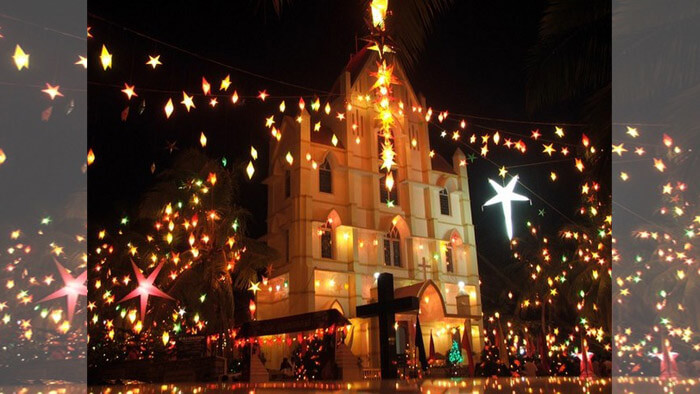
Christmas as compared to other religious festivals in the country is quite small as the population of Christians is too small compared to other religions. Most Christian live in Mumbai, Goa, Manipur, Meghalaya, Nagaland, and Mizoram. Midnight mass is a very important service for Christians in India, especially Catholics. The whole family will walk to the mass and this will be followed by a massive feast of different delicacies, (mostly curries) and the giving and receiving of presents.
Most families put up a Christmas tree. Snow is in short supply, but that does not deter enterprising children from draping cotton wool all over their trees to imitate snow-covered evergreens. Christmas is, therefore, a true melting pot of all the cultures that were part of India during colonial times. In recent years, the celebration of Christmas has been adopted by the non-Christian communities of India, and more secular traditions have become more common, including the exchanging of presents and Santa Claus.
Ukraine

Ukrainians decorate their Christmas trees with decorative spiders and spider webs, often with homemade Christmas ornaments. This idea comes from a folk tale that says that tinsel was formed by spider webs.
Mexico

A Christmas tree is less common in Mexico and there is an artificial one, or a very small tree, just a bare branch cut from a tree or even a shrub gathered from the wild. A prominently displayed elaborate Nativity scene (el Nacimiento) is the focus of Christmas decorations in Mexico.
Outdoor lights, of bright colors and often large bulbs are common. Pinatas (paper mache’ dolls) are filled with candy and coins and hung from the ceiling where children then take turns hitting them until they break, releasing candies to the floor, where the children scramble to gather as much as they can.
Canada

German settled in Canada in the 1700s, Canadians today still have Christmas trees. In the French-speaking areas of Canada, people celebrate with a Réveillon, which translates to “waking.” It is a long, extravagant dinner, and everyone stays awake until after midnight.
China
Of the small percentage of Chinese who do celebrate Christmas, most erect artificial trees decorated with spangles and paper chains, flowers, and lanterns. Christmas trees are called “trees of light.”

